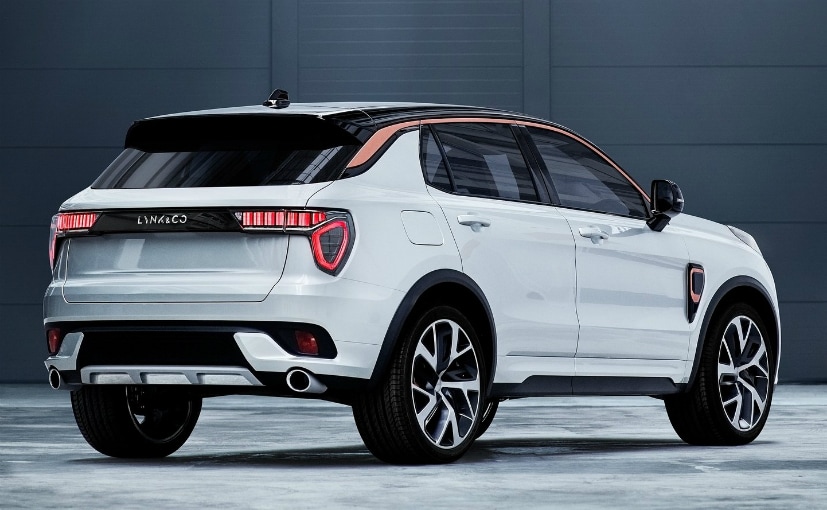Chinese Lync&Co 01 SUV Becomes The Quickest Selling Car In History

Highlights
- Lync&Co 01 SUV sold 6000 pre-order units in just 137 seconds
- Lync&Co 01 SUV is made on Volvo's CMA platform that underpins XC40
- Lync&Co 01 SUV will get electric powertrain option along with petrol
Just over a year ago, Chinese automotive conglomerate Geely's launched a new automotive startup - Lync&Co. Geely, who also owns Volvo and recently Lotus had then announced that Lync&Co would be making a new compact SUV that would cater to an ever growing Chinese auto sector and also exported to Europe and other parts of the world. This SUV was the '01' which was showcased earlier this year and launched just a few days ago. Prices of the car were announced and pre-orders for the SUV were opened for 6000 cars on November 17. And all the 6000 units were sold out in a staggering 137 seconds through bookings online and though 150 dedicated stores across China. This makes it the quickest selling car in automotive history!

(Lync&Co 01 SUV)
Speaking on the landmark figure, Senior Vice President of Lync&Co, Alain Visser said, "We are immensely proud at the speed and scale of our launch. We promised to disrupt and shake things up, and now, the journey really begins. Whether you choose to join online or in store, we promise a unique and enjoyable experience."

(Lync&Co 01 SUV Interior)
Currently, the Lync&Co 01 SUV uses petrol engines that have been derived from the Volvo power plants only. That said, as expected with most new cars today, the Lync&Co 01 is ready to get an electric powerplant in the near future for when it goes on sale around the world. The Lync&Co 01 is also based on the same CMA platform as the Volvo XC40. Prices for the Lync&Co 01 range from Rs 15-20 lakh in China currently although prices in Europe would be higher. Considering the fact that SAIC is making a big Indian entry with the MG brand in the near future, Geely could consider bringing the Lync&Co 01 to India, especially considering the fact that Volvo now has an assembly plant in the country for its production cars.
Last Updated on December 4, 2017














